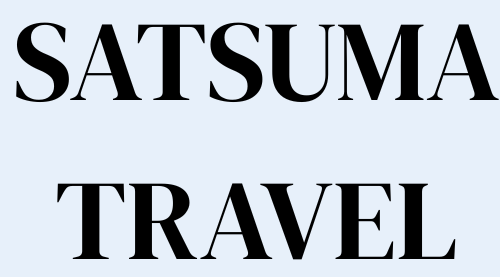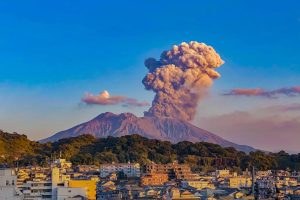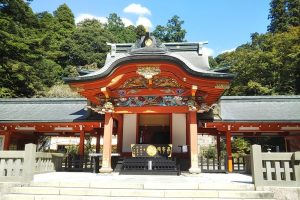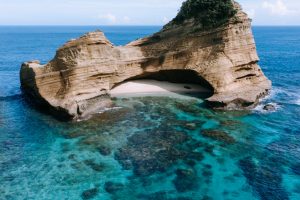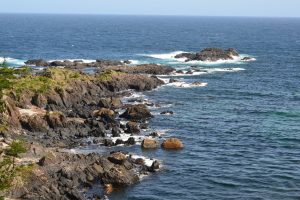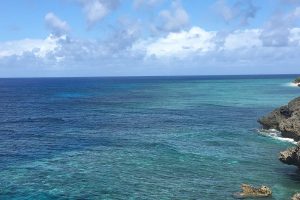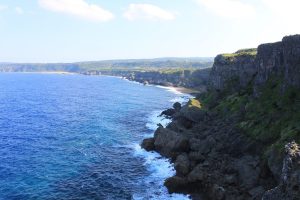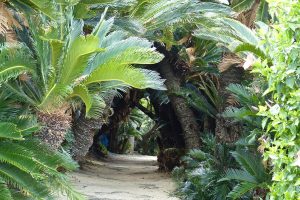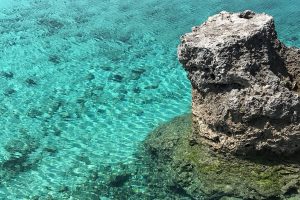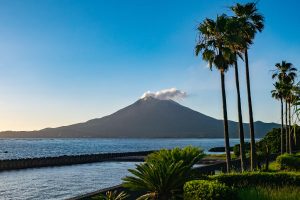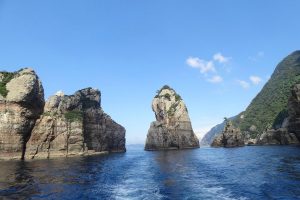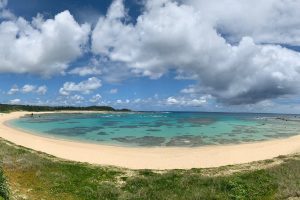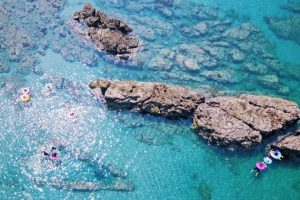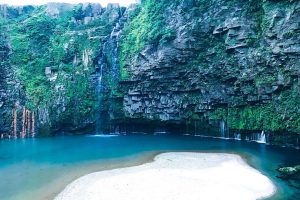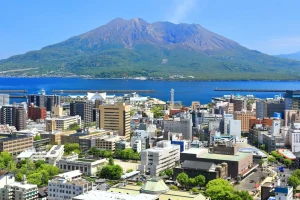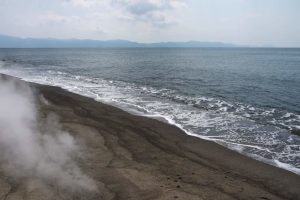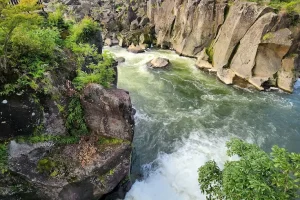CHIRAN
Chiran, Kagoshima: Where Samurai Legacy Meets Wartime Reflection
Nestled in the southern tip of Kyushu on the Satsuma Peninsula, Chiran is a town rich in history and cultural depth. Once an independent municipality, it merged into Minamikyūshū City in 2007, yet retains its own unique character and charm.
Samurai Heritage: The “Little Kyoto of Satsuma”
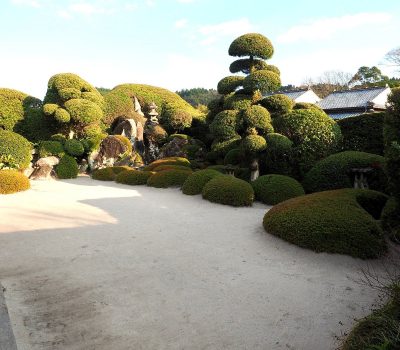
Chiran Samurai District
Stroll along a 700 m stone-lined street once home to over 500 samurai residences from the Edo period. These fortified homes feature strategic alleyways and hedged gardens—designed for both beauty and defense
The preservation society maintains seven exquisite gardens, including five karesansui (dry landscape) gardens, a pond garden, and a trimmed shrub garden, many of which were designed by Kyoto gardeners during the 17th–18th centuries
Chiran Peace Museum for Kamikaze Pilots
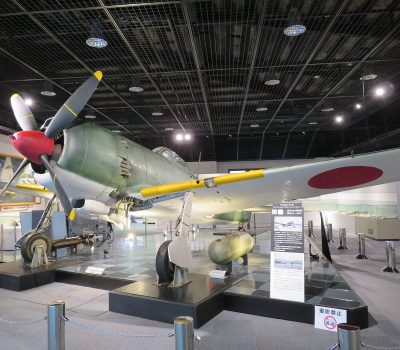
Built in 1975 and expanded in 1985, the museum stands on the former WWII airbase. It displays actual aircraft (Ki‑43, Ki‑61, Ki‑84, Mitsubishi Zero) and artifacts—personal letters, poems, and biographies of 1,036 pilots—making it both poignant and deeply reflective.
The site also includes the Tōkkō Kannon statue, which enshrines the names of the fallen pilots—encapsulating the town’s message of remembrance and peace
A Blend of Nature, Tea, and Spiritual Sites
Chiran Tea
Renowned for its award-winning green tea, Chiran cultivates its signature product in terraced fields nourished by the mild climate and rich volcanic soils of nearby Sakurajima.
Magaibutsu Buddhist Cliff Carvings & Castle Ruins
Witness ancient Buddhist images carved into cliffs and explore the hilltop ruins of Chiran Castle, a designated National Historic Site from the Kamakura-Sengoku period.
Top Spots Around Town
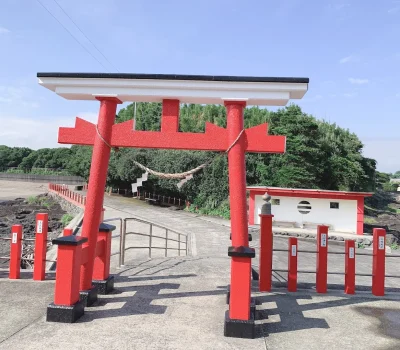
Kamafuta Shrine – Known for a quirky ritual involving balanced pot-lids; also offers coastal views
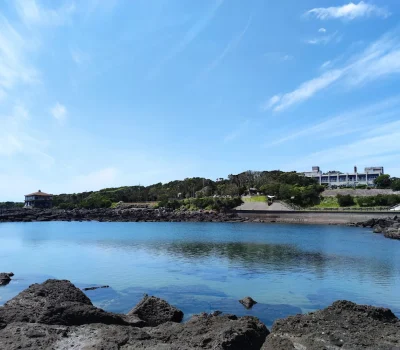
Bandokorobana Nature Park & Sebira Park – Scenic viewpoints ideal for spotting Mt. Kaimondake and nearby islands
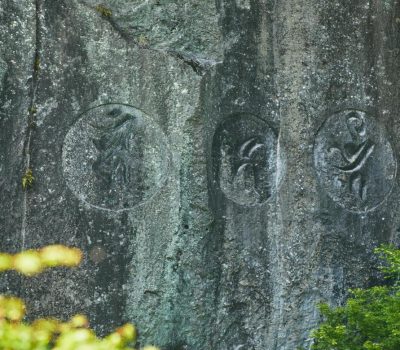
Shimizu Magaibutsu – A massive 400 m-long rock face carved with over 200 Buddhist images
When to Visit & Getting There
Opening Hours: Samurai gardens and Peace Museum both operate 9 AM–5 PM year‑round; adult entry to gardens ~¥500.
Access:
Bus from Kagoshima Chūō Station or Yamagataya in ~1h 20m.
Train to Hirakawa Station (Ibusuki‑Makurazaki Line) + bus/taxi.
Car rental is also a good option.
Suggested Itinerary
Morning: Wander the Samurai District and tour the seven signature gardens.
Afternoon: Visit the Peace Museum, take in photographs and letters that humanize wartime history.
Late afternoon/evening: Savor tea at a local plantation, hike to coastal parks, or visit shrines and Buddhist carvings under a setting sun.
